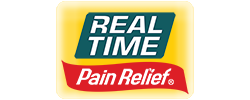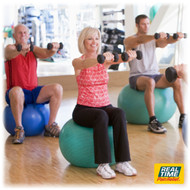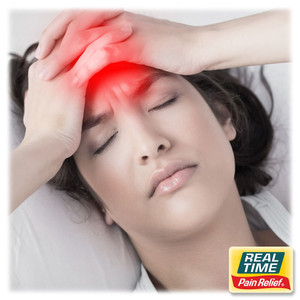9 Tips for Safe Exercise
19th Jan 2022
Thinking about starting an exercise regimen? Here are 9 tips for safe exercise!
You have probably heard it before, but exercise is one of the most important things you can do for your health. Regular exercise should include cardio, strength training, and flexibility exercises. There are several benefits to getting regular safe exercise. Plus, you can reap the rewards at any age. So, if you have not been a big exercise buff in the past, you’re never too old to start.
Exercise is beneficial in the following ways:
- Builds endurance
- Improves muscle mass (which we lose as we age)
- Promotes healthy skin
- Improves sleep
- Decreases stress
- Increases bone strength
- Reduces the risk of certain conditions, such as high blood pressure, diabetes, and heart disease
Safety First
With all the benefits of regular exercise, it’s clear why it’s so vital to your well-being. But, it is also crucial to exercise safely. Getting injured will sideline your exercise program and decrease motivation. It’s not uncommon to start an exercise program, get hurt, and give up on getting in shape. Even people that are gym rats can overdo it and get injured.
Common exercise injuries include:
- Muscle Strains
- Sprains
- Joint Injuries
9 Tips for Safe Exercise
Exercise injuries can occur at any age, but as we get older, they can become a little more common. However, with some safety tips and precautions, you can exercise safely your entire life. Below are several tips for safe exercise.
#1) Get the Green Light
If you are new to exercise or have any health problems, talk to your doctor before starting an exercise program. Find out if there are any restrictions. Once your doctor gives you the green light for exercise, you can get started.
#2) Start Slow
When you exercise, start slowly. At the start of each exercise session warm-up first. Warming up with light exercise prepares your muscles for activity. Ease into more vigorous exercise. In addition to starting slowly, progress a little at a time. For example, increase the length of time you exercise by a few minutes each time. If you are strength training, increase your resistance by no more than 10 percent every few weeks.
#3) Use Proper Technique
Using proper form when exercising decreases the chances of injury. If you are unsure of how to do a certain exercise, don’t do it until you get instruction. Not everyone can afford to hire a personal trainer, but there are many other sources of information, such as online exercise tutorials.
#4) Listen to Your Body
If you feel a sudden pain when exercising, stop what you’re doing. While it’s normal to be a bit sore after a new workout routine, you should not be in a lot of pain. Usually, soreness due to exercise decreases after about a week. If aching continues, or pain becomes worse, see your doctor.
#5) Allow Rest Days
It’s important to give your body time to recover from exercise. Although you can do aerobic exercise on consecutive days, you should allow rest days between strength training that works the same muscles. A rest day does not mean you should sit on the couch all day. Instead, do some form of light exercise, such as walking or yoga.
#6) Dress the Part
Make sure you wear the right athletic shoes for the type of activity you are doing. Athletic shoes have different types of support that are intended for certain activities, such as running. It’s also helpful to wear clothing that wicks the sweat away from your body. If you are exercising outside in the heat, wear something light. In the colder months, consider layering. Any time of the year, if you are exercising outside during the day wear sunscreen.
#7) Consider a Joint Supplement
Your joints are involved in all types of movements from walking to weight lifting. Healthy joints may help with safe exercise. Plus, a supplement can reduce stiffness, improve morning flexibility, and reduce exercise-induced muscle damage. Look for a joint supplement that contains ingredients, such as Boswellia serrata, turmeric root, and ginger root. Joint supplements should be taken daily, preferably at the same time each time.
#8) Fuel Your Body
Your body needs the right nutrients to have the energy to exercise. Eat foods, including whole grains, veggies, fruits, and lean protein. Also, make sure to drink plenty of water before, during, and after your workout to prevent dehydration. Your body will work more efficiently if it’s fueled properly before exercise.
#9) Take Care of Aches and Pains with a Topical Pain Relief Lotion
Exercise is great for your body, but it can leave you a little sore. Small tears in the tiny muscle fibers are thought to cause the soreness you may feel after a workout. There are ways to reduce discomfort without taking oral pain medications that can have side effects. For example, using a topical pain relief lotion can ease soreness, so you can stick to your exercise routine. Select a topical pain relief lotion with ingredients including glucosamine, chondroitin, and menthol.
Hopefully these tips for safe exericse help you get started!
Pain Relief You Can Trust® Since 1998
For over 20 years, families across the U.S. have turned to Real Time’s lotions and creams for PAIN RELIEF YOU CAN TRUST®. From Lifestyle Essentials, through our Nujuvena line, to Pain Relief Formulas, Real Time has you covered. LEARN MORE
Sources





